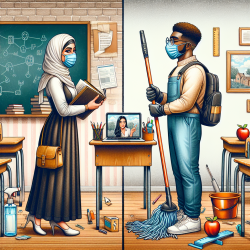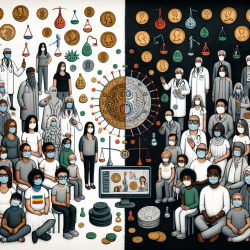The Hidden Risks of Classroom Cleaners: What Every Teacher Needs to Know
In the wake of the COVID-19 pandemic, the use of cleaning, sanitizing, and disinfecting products (CSDPs) in schools has surged. While these products are essential for maintaining hygiene, their increased use has raised concerns about potential health risks for teachers and students alike. A recent study titled "Perspectives and Attitudes of Newer New Jersey High School Teachers towards Cleaning, Sanitizing, and Disinfecting Consumer Products Used in School Classrooms" provides valuable insights into these concerns.
Key Findings from the Study
The study surveyed 205 newer teachers in New Jersey and revealed several critical findings:
- Over 25% of teachers were unaware of the origin of the CSDPs they used, as these were provided by the schools.
- Most teachers did not consistently read labels or use apps to check the safety of CSDPs.
- While 60% of teachers used gloves when cleaning, mask usage was significantly lower.
- A third of the teachers reported experiencing respiratory issues after using CSDPs in the classroom.
Implications for Teachers and Schools
These findings highlight the urgent need for improved education and training on the safe use of CSDPs. Teachers should be encouraged to:
- Read product labels and use apps to verify the safety of CSDPs.
- Consistently use personal protective equipment (PPE), including masks and gloves, when handling these products.
- Advocate for schools to provide safer, eco-friendly cleaning alternatives.
Why This Matters for Speech Language Pathologists
As practitioners dedicated to the well-being of children, speech language pathologists should be aware of the potential health risks posed by CSDPs. Respiratory issues can significantly impact a child's ability to communicate effectively, and by extension, their learning outcomes. By advocating for safer cleaning practices, we can help create a healthier environment conducive to learning and communication.
Encouraging Further Research
While this study provides a snapshot of the current situation, more research is needed to explore the long-term effects of CSDP exposure on teachers and students. Schools and educational bodies should prioritize funding for studies that investigate alternative cleaning methods and products that minimize health risks.
For those interested in delving deeper into this topic, I encourage you to read the original research paper: Perspectives and Attitudes of Newer New Jersey High School Teachers towards Cleaning, Sanitizing, and Disinfecting Consumer Products Used in School Classrooms.










